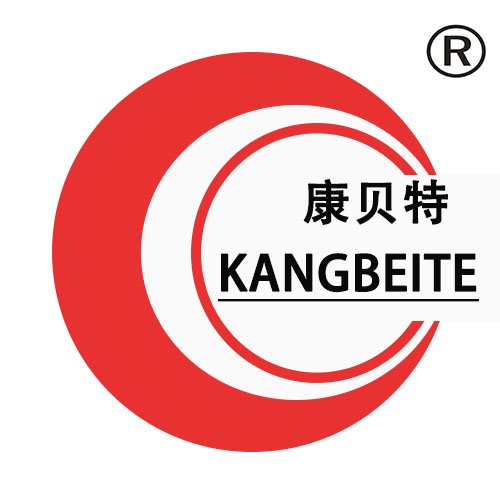A food grade freeze dryer is a specialized lyophilization system designed explicitly for processing edible products, adhering to strict global food safety standards that govern material selection, hygiene, and operational practices to prevent contamination and ensure consumer safety. Unlike standard freeze dryers (which may be used for non-food applications like electronics or cosmetics), food grade models prioritize "food contact safety"—every component that touches the product (drying chamber, shelves, gaskets, and product trays) is made from materials certified as non-toxic, non-reactive, and easy to clean, with 304 or 316L stainless steel being the industry standard (316L is preferred for acidic or high-salt foods, as it offers superior corrosion resistance). Gaskets and seals are made from food-grade silicone or EPDM rubber, which do not leach harmful chemicals even under the extreme temperature and vacuum conditions of lyophilization (freezing to -40°C to -60°C, followed by vacuum levels as low as 0.1 mbar). Hygiene design is another critical feature: food grade freeze dryers have smooth, crevice-free surfaces (eliminating areas where food particles or bacteria can accumulate), rounded edges for easy wiping, and removable components (shelves, trays) that can be sanitized separately. Many models integrate CIP (Clean-in-Place) systems—automated cycles that use food-safe detergents and high-pressure water to clean the chamber, reducing manual labor and ensuring consistent sanitization (critical for complying with standards like FDA 21 CFR Part 117 or EU EC 852/2004). The lyophilization process itself is optimized for food preservation: by removing moisture via sublimation (converting ice directly to vapor without melting), the dryer retains the food’s nutritional value (vitamins, minerals), texture (crunchiness for snacks, rehydration ability for ingredients), and flavor (minimizing volatile compound loss), making it ideal for products like freeze-dried fruits, vegetables, meats, and instant meals. Capacity ranges from small bench-top units (0.5–5 kg per batch, suitable for artisanal producers) to industrial-scale systems (50–500 kg per batch, for large food manufacturers). Control systems are user-friendly yet precise, with touchscreen interfaces that allow operators to program custom cycles (e.g., slower freezing for delicate berries, longer secondary drying for high-sugar foods) and log process data for traceability. For businesses targeting global markets, food grade freeze dryers are often certified to regional standards (e.g., CE for Europe, FDA for the U.S., GB for China), ensuring market access. In short, a food grade freeze dryer is indispensable for food processors seeking to create high-quality, safe, and shelf-stable products that meet consumer demands for nutrition and convenience while complying with global food safety regulations.




Copyright © 2025 by Shandong Kangbeite Food Packaging Machine Co., Ltd. Privacy policy